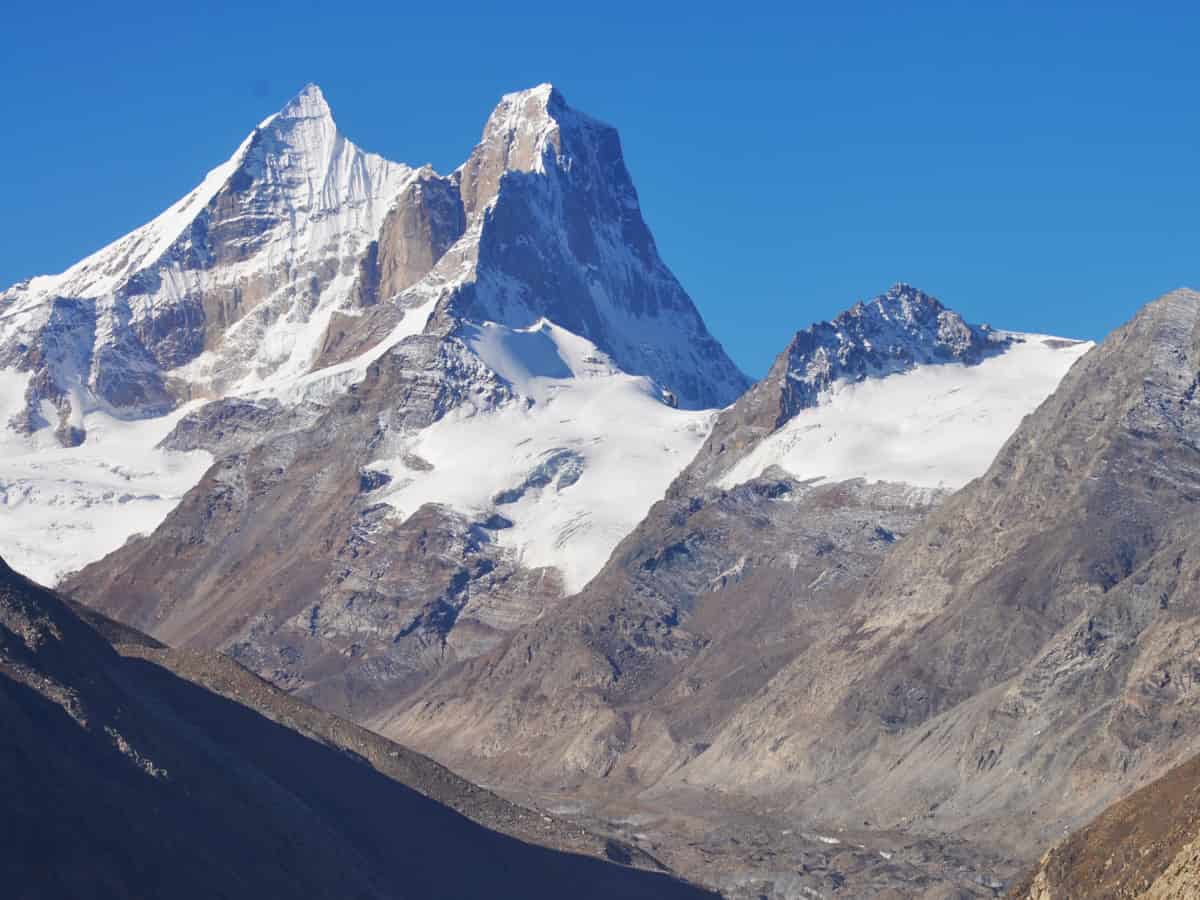
Kathmandu: Existing levels of increase in global temperatures can lead to about 80 per cent loss in the current volume of glaciers in the Hindu Kush Himalayan region by the end of the century, according to an alarming study.
The study by Kathmandu-based International Centre for Integrated Mountain Development (ICIMOD), draws on recent scientific advances to map for the first time the links between the cryosphere, water, biodiversity and society in the region, charting the impacts of rapid changes in glaciers and snow on people and nature.
The study revealed that global warming is driving “unprecedented and largely irreversible” changes to the glaciers, snow and permafrost of the Hindu Kush Himalayan region.
Under high emissions scenarios snow cover in the region is projected to fall by up to a quarter – drastically reducing freshwater for major rivers such as the Amu Darya, where it contributes up to 74 per cent of river flow, the Indus (40 per cent) and Helmand (77 per cent).
The extent of frozen ground (permafrost) is decreasing, which will lead to more landslides and problems for infrastructure at high elevation.
The peer-reviewed study from the leading mountain institute also finds that Hindu Kush Himalayan glaciers disappeared 65 per cent faster in 2011-2020 compared with the previous decade.
“The glaciers of the Hindu Kush Himalaya are a major component of the Earth system. With two billion people in Asia reliant on the water that glaciers and snow here hold, the consequences of losing this cryosphere are too vast to contemplate. We need leaders to act now to prevent catastrophe,” said Izabella Koziell, ICIMOD’s Deputy Director General, in a statement.
Ice and snow in the Hindu Kush Himalaya are an important source of water for 12 rivers that flow through 16 countries in Asia, providing freshwater and other vital ecosystem services to 240 million people in the mountains and a further 1.65 billion downstream.
Vulnerable mountain communities are already experiencing major adverse impacts – including disasters causing loss and damage to lives, property, heritage and infrastructure, driving displacement and leaving psychological impacts.
The study warns that communities and governments need urgent support and finance to prepare for the accelerated impacts on societies and nature that cryosphere changes will cause as temperatures rise, with current funding flows to the region woefully insufficient to the scale of the challenges the region will face.
“There is still time to save this critical region, but only if fast and deep emissions cuts start now. Every increment of a degree of warming matters to glaciers here and to the hundreds of millions of people that depend on them,” Koziell said.

